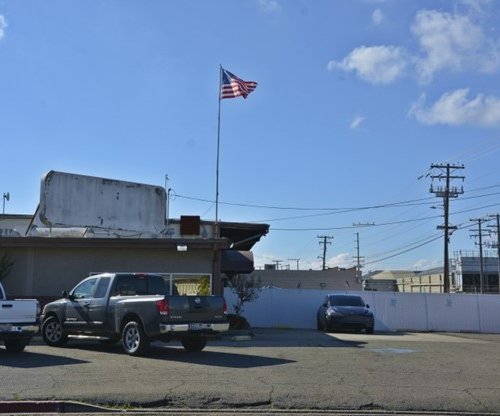Three fatal overdoses in Stanislaus County have been attributed to Xylazine, a powerful sedative responsible for a growing number of overdose deaths in the country.
Confirming the role of the drugs in the three deaths were local health officials and the Stanislaus County District Attorney’s Office.
Xylazine is intended for animals as a pain reliever but it is not safe for humans. It can cause drowsiness, amnesia, skin ulcers or patches of dead flesh known as necrotic lesions and can also slow breathing, heart rate and blood pressure to dangerously low levels. Xylazine has also caused severe wounds leading to amputation.
Xylazine is almost exclusively combined with fentanyl, an opioid, often without the knowledge of those who use these drugs. Taking fentanyl or xylazine in combination with other central nervous system depressants, like alcohol or benzodiazepines such as Valium or Xanax, increases the risk of life-threatening overdose.
When combined with fentanyl, xylazine, commonly known as “tranq” or “tranq dope” among users, can be injected or smoked, resulting in severe consequences for users, including an increased risk of addiction.
In December the California Department of Public Health issued a warning about xylazine, stating that it had “been linked to an increasing number of overdose deaths nationwide,” but that it was still “relatively uncommon in California’s drug supply.”
The presence of xylazine in drugs tested in labs increased in every region of the United States from 2020-2021, with the largest increase in the South, according to the Centers for Disease Control and Prevention. Studies from specific areas found similar increases. One study from 10 U.S. cities showed Xylazine was involved in less than one percent of drug overdose deaths in 2015 and in nearly seven percent in 2020. In samples from eight syringe service programs in Maryland tested between 2021 and 2022, xylazine was found in almost 80% of drug samples that contained opioids. In Philadelphia, Pennsylvania, xylazine was found in 31% of heroin and/or fentanyl overdose deaths in 2019.
In a recent study from CDC’s State Unintentional Drug Overdose Reporting System, among 20 states and Washington D.C. the monthly percentage of deaths involving illegally made fentanyl with xylazine detected increased from three percent in January 2019 to 11 percent in June 2022. During January 2021 to June 2022 in 31 states and Washington D.C., xylazine was detected in a higher percentage of IMF-involved deaths in the Northeastern U.S.
People who use illegal drugs may not be aware of the presence of xylazine. The Drug Enforcement Agency has seized xylazine and fentanyl mixtures in 48 of 50 states, and the DEA laboratory system reported that approximately 23 percent of fentanyl powder and seven percent of fentanyl pills seized by the DEA in 2022 contained xylazine. Xylazine is usually injected, although it can be swallowed or sniffed.
Xylazine doesn’t react to Narcan, the life-saving drug used to rescue people overdosing on opioids. However, the CDC still recommends that it be given to someone experiencing an overdose because it will reverse the effect of any opioids that may have been mixed with the xylazine. The CDC also recommends that rescue breaths be given to someone experiencing an overdose from xylazine.
To give rescue breaths to adults:
• Make sure the person’s airway is clear;
• Place one hand on the person’s chin, tilt the head back, and pinch the nose closed.
• Place your mouth over the person’s mouth to make a seal and give two slow breaths.
• Watch for the person’s chest (but not the stomach) to rise and follow up with one breath every five seconds.
In November, Gov. Gavin Newsom proposed new legislation to increase penalties for the illicit trafficking of the drug xylazine. The legislation would make xylazine a controlled substance, but exempt legitimate veterinary use, making illicit trafficking of xylazine subject to increased criminal penalties while maintaining veterinarians’ access to the drug for approved use in animals.
Anyone needing help with opioid addiction should call (209) 525-5316, or visit www.StanRX.net to find important information about opioids and xylazine, and resources available for those seeking help.





